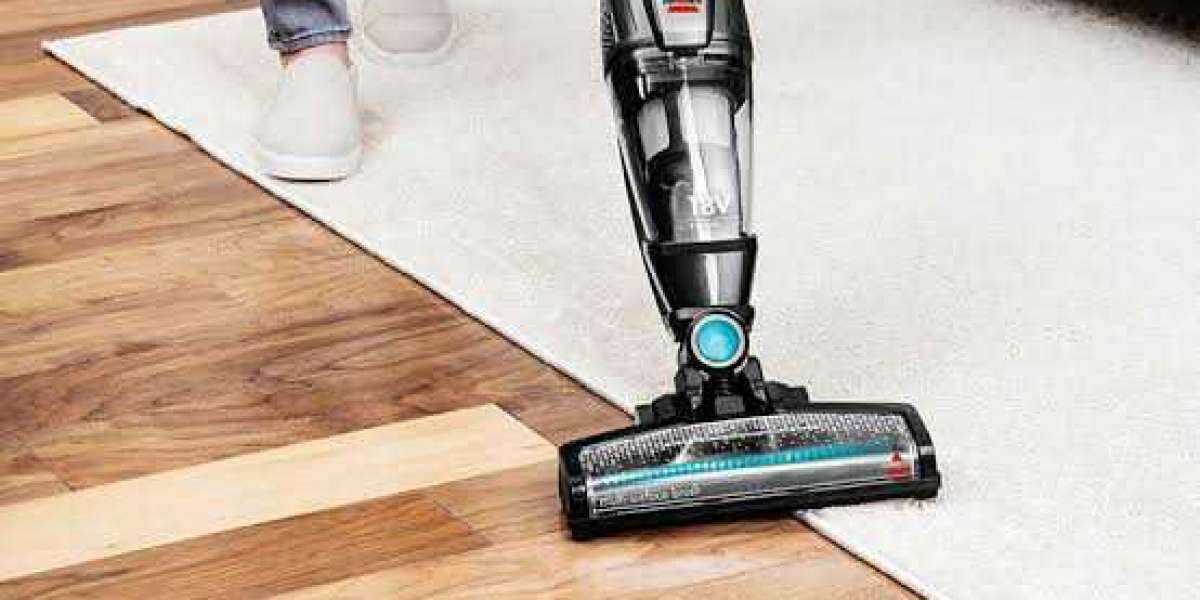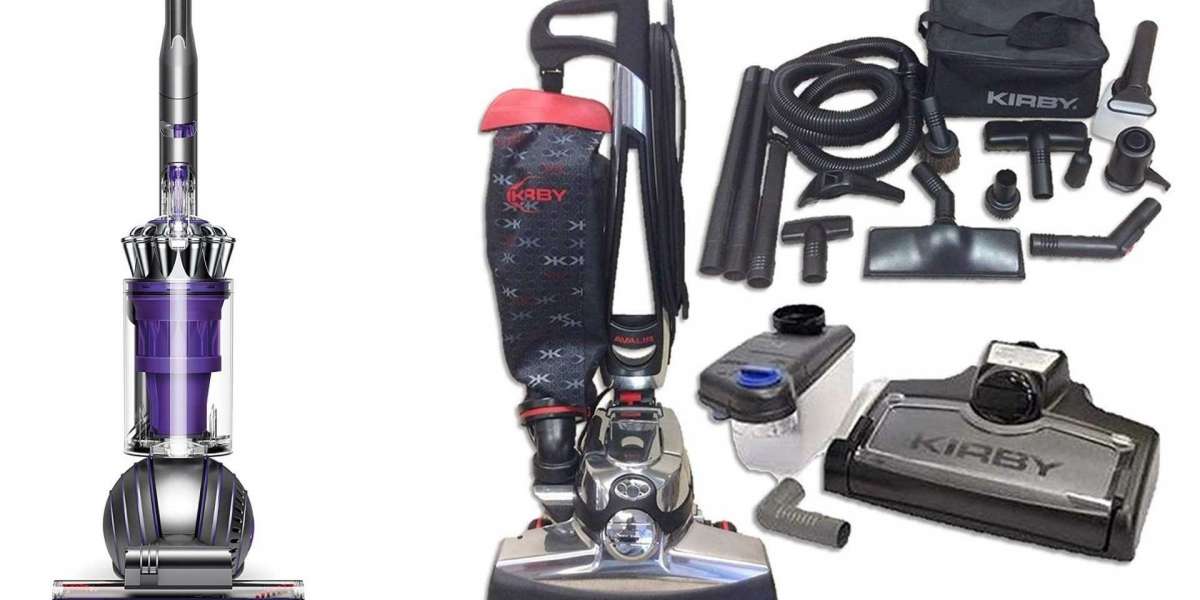Loft insulation functions as an umbrella trapping any temperature increasing from your house under and maybe not letting the warmth get throughout your ceiling in the hot summertime days maintaining your property cooler.
If your loft has already been protected, it's price checking that you've got enough efficiency to get the most saving. The UK Power Preserving Trust says when everyone installed 270mm loft insulation, we could save almost £500 million - and 2.7 million tonnes of co2 annually, the same of using almost 100,000 cars off the road.
Loft efficiency is beneficial for at least 40 years, and it will pay for itself over and once again because time. But when you live in the UK, you will get the padding performed free of charge through the government offer scheme.
Today let's have a look at the materials used for loft padding, encouraged by the Power Saving Trust.
Matting - often named blanket or cover insulation - comes as flexible sheets of various thicknesses. The most common type is vitamin wool, produced from glass or rock fibre. This is the common substance for insulating an empty loft, and is also generally utilized in insulating stud walls and below halted timber floors. Different resources such as for example sheep's wool will also be available. You should use a protective mask and gloves whenever using vitamin wool.
Free - fill product, made from cork granules, vermiculite, spring wool or cellulose fibre, comes in bags. It's frequently poured between the joists to insulate lofts. Since it is really variable, it is ideal for loft rooms with awkward edges or obstructions, or if the joist spacings are abnormal or different size since the matting available.
Blown insulation is constructed of fire-resistant Viking axes for sale fibre, created from recycled newspapers, or nutrient wool. It should just be fitted by specialists, who use expert equipment to blow the loose substance in to a certain, sectioned-off region to the necessary depth. The product may possibly remain free if useful for loft warmth, but can also connect to an area (and itself) for insulating stud walls etc.
Firm insulation panels may be used to insulate surfaces, surfaces and ceilings. They're largely produced from foamed plastic such as polystyrene, memory (PUR) or polyisocyanurate (PIR). PUR and PIR table are amongst the best padding products commonly applied, and so can be of use where space is limited. Rigid panel must be cut to size, so installing is often a talented job.
You are able to put just as much efficiency you want provided that there is room in your loft. The thicker the padding is the less temperature you will lose and the more money you'll save. However, some products accomplish better than others, therefore finer levels of some resources are certain to get the exact same performance as larger levels of different resources get.
What're the benefits of living in a straw-hut? Effectively it guards you from the warm water and if you can accept the warmth in the summer, the moisture and common lethargic atmosphere with only a little wind then this is actually the perfect sustainable atmosphere with little initial investment. It gets more difficult and less fun in the event that you want to work in this kind of environment.
For other environments where in fact the air needs to be chilled or heated in the absolute most cost-effective and environmentally sustainable way applying some type of weather get a handle on, air con and warmth are the sole options. Contemporary buildings will use the very best insulation methods and materials, extremely successful illumination programs that produce the best mild output for the least w possible, and decrease energy temperature pushes in air conditioning techniques that count on very successful insulation.
The insulation material between your external material and your sheet-rock (UK: Plaster Board) wall is what matters.
The three components I love the majority are Home increasing foam, start cell or closed mobile, Styrofoam and Neoprene. Styrofoam is supplied in to a cavity and then expanded using steam. It could fill any hole and create a very efficient heat and cold insulation. An Aerogel is undoubtedly the top but must be produced in blankets or prevents and reduce to size for the application form and therefore only useful in new construction while Styrofoam can usually be put on a current cavity.





